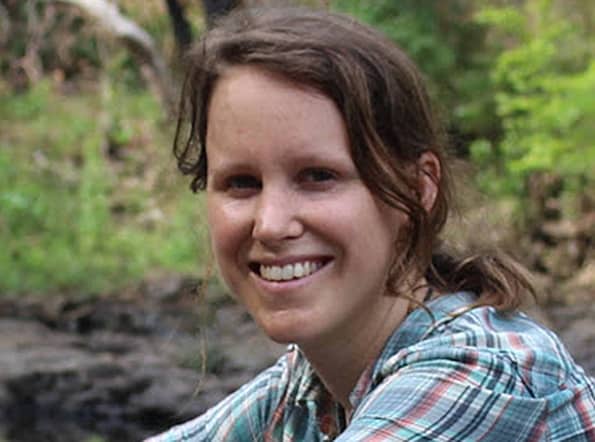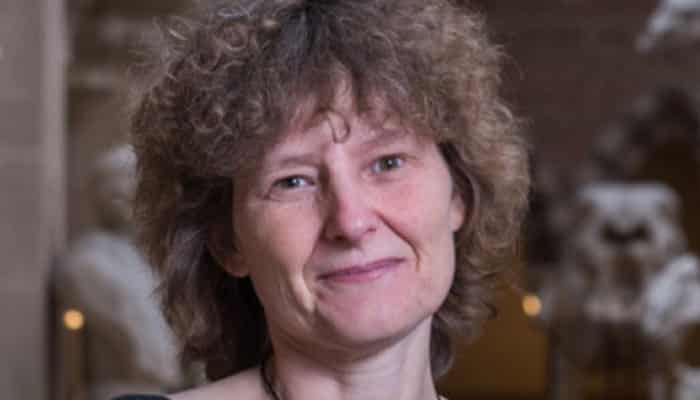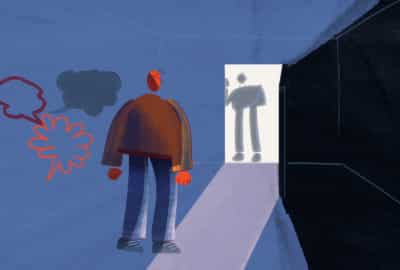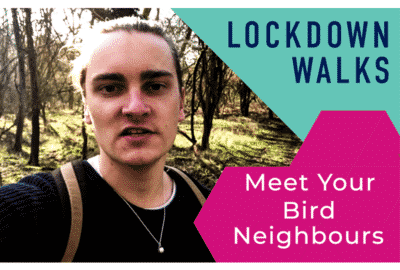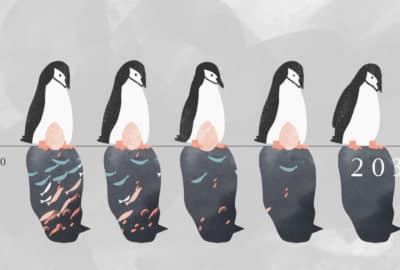Conserving nature – it’s not just about the animals…
Tuesday 11th Jul 2017, 5.04pm
When people think of conservation, they often think that it is about saving species. Whilst this is partly true, conservation is actually much more than that. Conservation involves efforts that protect and sustain everything from the genes that make up a species, to the habitats in which they live.
Why is it important to conserve biodiversity?
Nature and biological diversity (biodiversity) are integral to our survival and provides us with essential services. For example, nutrient recycling supports plant production, forests provide food and materials, and oceans regulate our climate. Nature even defines our beliefs and cultural values.
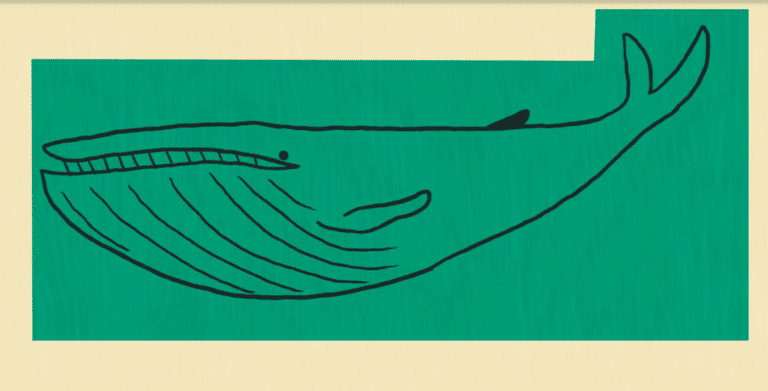
Biodiversity supports our economies and contributes billions of dollars in income each year. Estimates suggest the economic potential of plants to the pharmaceutical industry is around $640 billion, whilst tourism from habitats such as coral reefs could provide up to $189,000 in returns per hectare each year.
Finally, nature is beautiful and life-affirming, and humanity has both a moral and ethical obligation to protect it for future generations and for its own sake.
Biodiversity under threat…
Since 1970, levels of biodiversity have declined by 52%. The greatest driver of biodiversity loss is us, humans. We have introduced non-native species to new landscapes, overharvested our wildlife, overfished our seas, polluted the water and the soil, mined our earth, and logged our forests to unsustainable levels. Species are currently going extinct at a rate at least a thousand times faster than evolution.
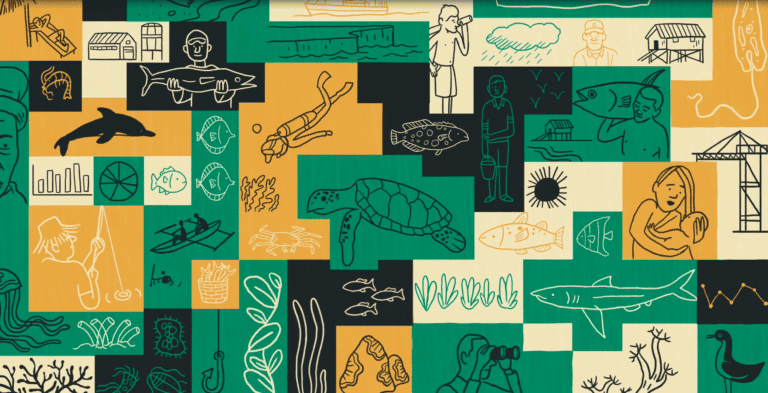
Looking ahead, the human population is expected to grow to 9 billion by 2050, with this growth will come new challenges including; greater demand for food, energy and fuel, land, water and natural resources; pollution; urbanization; improved transport links; technological advances and climate change. Threats to biodiversity have never been higher, and efforts to effectively protect biodiversity are needed more than ever. But there is also cause for hope; people are more aware of the importance of living in harmony with nature, and the possibility for humans and nature both to benefit from improved management of biodiversity.
Who are the team behind this?
At the Interdisciplinary Centre for Conservation Science (ICCS), they are a dedicated and diverse bunch of researchers led by Professor EJ Milner-Gulland, to protect nature and support local communities living alongside it.
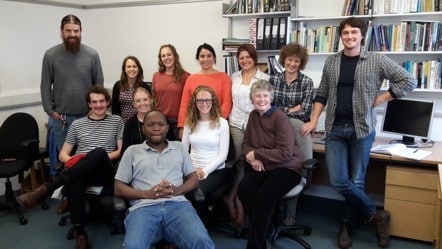
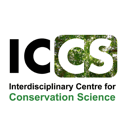
They understand that in order to develop effective solutions to the biodiversity crisis it is essential that they address the human drivers of decline. They work at the interface of social and ecological systems, using a range of methodologies and interdisciplinary approaches to address key issues in current conservation. Their underlying philosophy is that in order to make progress, they need to consider the incentives, pressures and challenges people face, and to bring together multidisciplinary teams who are best placed to address these issues.
What do they do?
They work with Non-Governmental Organizations, governments, local communities and businesses to build conservation capacity and enhance understanding in three areas:
1. What drives human behavior towards the environment?
They work in local communities to understand the who, what, where, when and why behind people’s relationships with nature. For example, they run group discussions and interviews with local communities in countries such as Cambodia, Cameroon and Kenya, to understand local knowledge of wildlife populations, how hunters hunt and why, and what local people think is the best way to reconcile their needs with the needs of the wildlife and natural habitats they live alongside.
In Viet Nam, Singapore and China, they are researching why people buy illegal wildlife products (such as rhino horn or bear bile) and how their preferences might change under different scenarios. For example, if the price were to rise, or alternative products (like herbal medicines or western treatments) were to become more available, would they still want to use animal products?
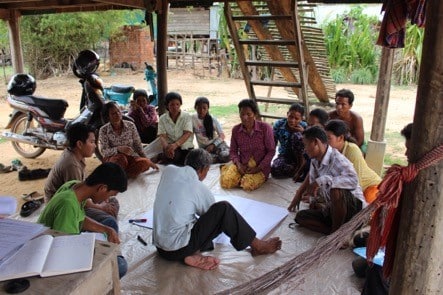
Image credit – Harriet Ibbett
2. How do individual actions affect wider social and ecological systems?
To achieve conservation effectively, conservationists require an understanding of the social processes that underlie the decisions that individual people make. For example, does social pressure and disapproval discourage people from poaching? And how do changes in rules affect people’s behavior? In reality, these interactions are difficult to measure, they can be highly complex and evolve constantly
They often use computer models to help us to understand the real world. For example, they monitor the current health of the Arctic ocean, and model how ocean health might be affected by future levels of fishing and climate change. We also use models to test the effectiveness of potential conservation actions, for example, we model how hunters might change their hunting behaviour if rangers patrol in different ways.
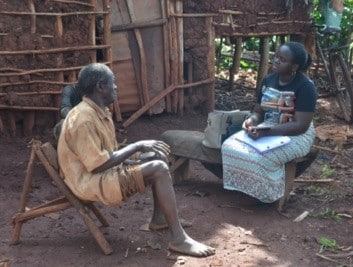
Image Credit – Victoria Griffiths
3. Lastly, what is the best way to design, implement and evaluate effective conservation interventions?
Using thier knowledge of what affects individual behaviour from their fieldwork, interviews and computer models, they work with conservationists in the field, governments and businesses to support them to develop effective conservation strategies. Most importantly, they help them to see how much their conservation work has improved the situation of the wildlife that they care about. By comparing the effectiveness of different approaches to conservation, they can start to understand what works best in different circumstances, and what produces real improvements for biodiversity and for people living in the area.
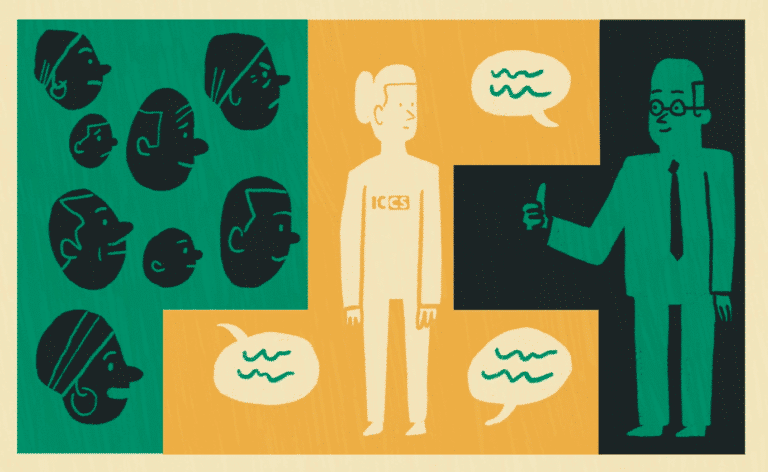
For example, in Uganda they are talking to local communities to help the government to improve the design of Protected Area management plans, and to ensure that new developments such as hydropower dams not only ‘do no harm’, but actively bring benefit to both biodiversity and local communities. In the UK, they are working with multinational companies to include biodiversity into their corporate sustainability policies.
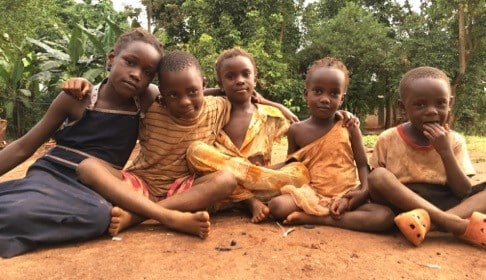
Image credit: Victoria Griffith
Contact us to find out about the following teaching resources:
KS3: Development Decisions
KS4: Conservation Conundrum
KS4: Uganda Case Study

